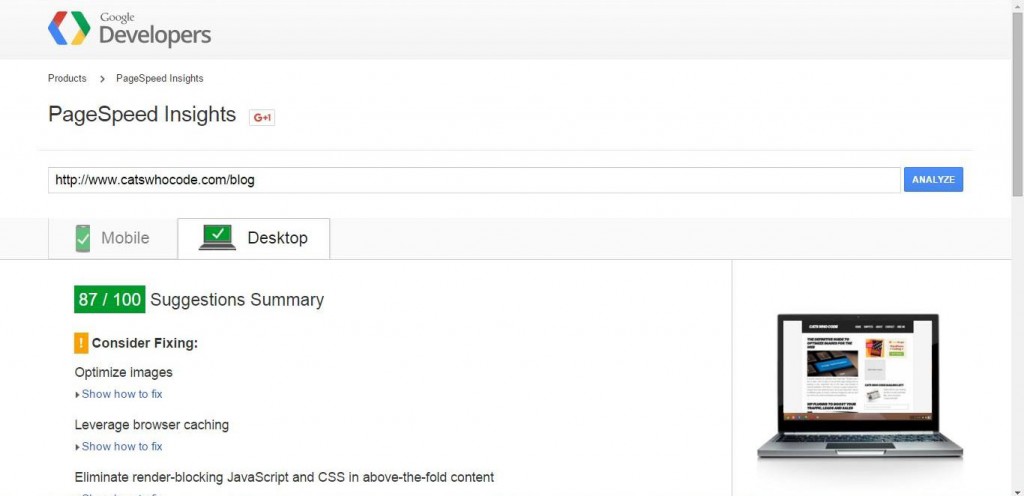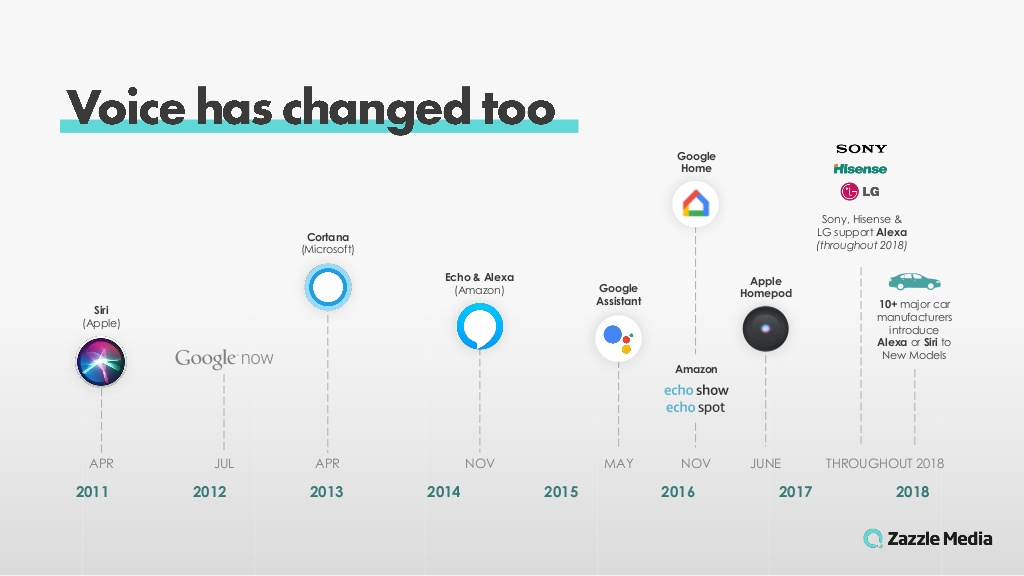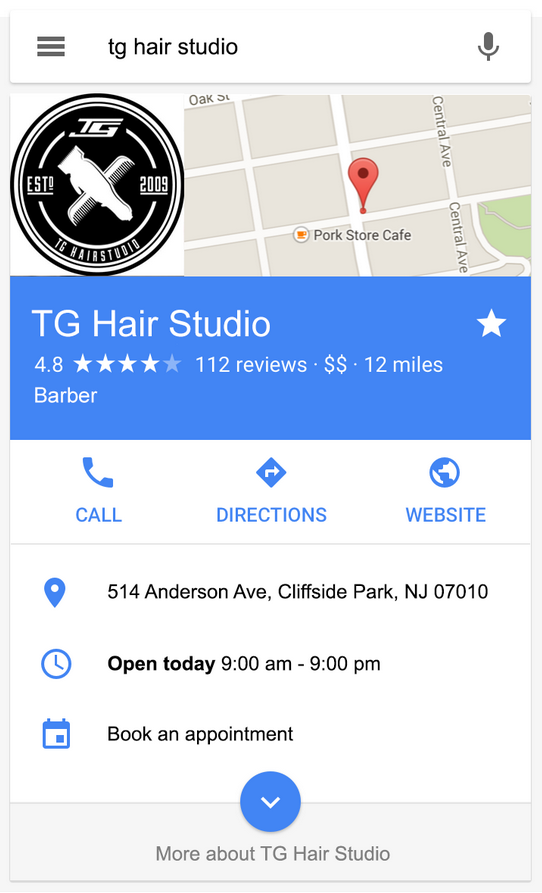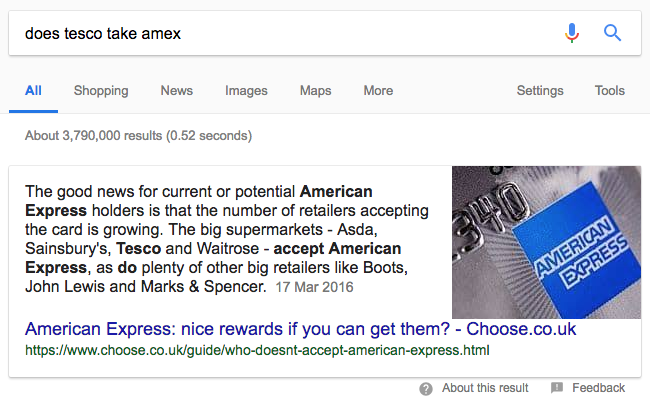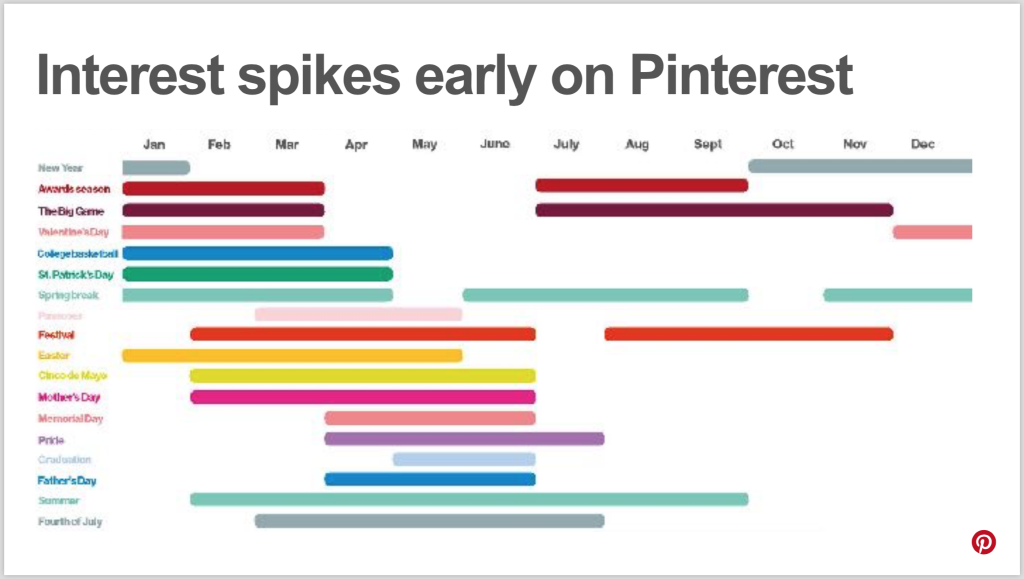More than 500 engineers, designers, managers and other staff from across global Google offices have signed an open letter at Medium.com calling on the search engine to stop their Dragonfly project and for company leaders to “commit to transparency, clear communication, and real accountability.”
As we reported last month…
Google’s project Dragonfly first came to light in August via The Intercept and their reports surrounding leaked documents containing details about the project. In a nutshell, the project looked to be a fresh attempt by Google to re-enter the Chinese search market since having been blocked by the state back in 2010.
Dragonfly was speculated to be taking the shape of a mobile search engine. This is unsurprising, as more than 97% of internet users in China go online via mobile devices (according to CNNIC) and it is in this vertical that the industry is seeing most disruption from companies such as Shenma, Sogou and Haosou.
What was surprising were the subsequent leaked details from The Intercept and other sources hinting that Dragonfly users would be forced to sign-in to make searches, with IP addresses and phone numbers being linked to their activities too. It is also expected that the service would be censored in order to adhere to the country’s ‘cyber sovereignty’ laws – and, an as yet unknown, domestic partner would also have access to this customer data.
Consequently, there was significant uproar among many Google employees. On August 20th, senior research scientist Jack Poulson left the company and published his lengthy resignation letter online. ‘I believe that Google is largely composed of altruistic employees,’ he wrote. ‘But, due to my conviction that dissent is fundamental to functioning democracies, I am forced to resign in order to avoid contributing to, or profiting from, the erosion of protections for dissidents.’
A dangerous precedent at a volatile political moment
The latest open letter published on November 27th echoes much of the sentiment expressed by Poulson in his resignation document. ‘We are Google employees and we join Amnesty International in calling on Google to cancel project Dragonfly, Google’s effort to create a censored search engine for the Chinese market that enables state surveillance,’ it says.
‘Our opposition to Dragonfly is not about China: we object to technologies that aid the powerful in oppressing the vulnerable, wherever they may be. The Chinese government certainly isn’t alone in its readiness to stifle freedom of expression, and to use surveillance to repress dissent. Dragonfly in China would establish a dangerous precedent at a volatile political moment, one that would make it harder for Google to deny other countries similar concessions.’
The post also describes 2018 as a year of disappointment for Google employees. It references Project Maven (where Google assisted with development of AI in US military drones) which saw protests and resignations, as well as the Rubingate scandal which saw Android developer Andy Rubin given ‘a hero’s farewell’ and a $90m exit package after claims of sexual misconduct were made against him – ultimately leading to a global synchronized walkout on November 1st.
Official responses from Google have not satisfied critics
Google are yet to address the direct requests as detailed in this latest open letter. At a Q & A session during the WIRED 25 Summit in October, Google CEO Sundar Pichai sung the praises of the technical achievements of Dragonfly during recent tests. He also justified Google’s position by saying: ‘We are compelled by our mission [to] provide information to everyone, and [China is] 20 percent of the world’s population.’
Pichai also made reference to Google’s stated position on China back in 2010, when it decided it would no longer censor its SERPs at google.cn essentially putting an end to its operations in the country (this is regarded as the preferable position among employees signing the latest open letter). He stated it was time to ‘re-evaluate that choice’ and when asked about employees who were critical of such changes in company policy remarked, ‘we don’t run the company by holding referendums.’
Wider responses
This letter arguably hasn’t yet captured as many headlines as the walk-out earlier this month. There are a number of likely reasons for this – the biggest being that Dragonfly isn’t at this point in time a tangible product which we can see. It is understandably hard to get the public and mainstream press behind a campaign criticising a product that doesn’t even have a launch date.
The ethical issues with Dragonfly are also less black and white than those raised with Project Maven and Rubingate earlier in the year. As one user asks in the comments under the letter: ‘If Google drops dragonfly, the Chinese netizens will end up using “Baidu”, is it better or worse for the netizens of China?’ Another user argues: ‘The debate here really is about sacrificing the western pride and values surrounding censorship in favour of enabling a billion people that are already censored to the freedoms of information the west has.’
These positions might be surprising to some of the Google employees who have signed the letter or left the company, but it is in-keeping with data published at The Drum showing that more than 72% of Weibo users (one of the country’s leading microblogging sites) would choose Google over Baidu et al. if it were to launch its new service. There is something to be said for the potential for Google to disrupt the monopoly Baidu has in the country, and to potentially deliver better quality results if not less censored ones.
The signees, of course are not alone either. They are joined by Amnesty International (and a number of other organisations) who are bolstering the argument that Dragonfly will endanger human rights defenders and journalists who might use it. The number of employees signing the letter is growing, and the number of organisations joining the opposition to Dragonfly looks to be growing too.
Many are now looking to a Congress hearing on December 5th where Pichai is set to defend Google against accusations of bias in its algorithm. It is likely that the subject of China and Dragonfly will rear its head there, too, and that Pichai will likely face his toughest round of questioning yet. As things stand, Google re-entering the Chinese search market is looking more and more likely to happen. We can reasonably expect that the closer we get to that time, the more people we will see join the voices of the signees of this latest letter and the more heated the debate will become.
The post Dragonfly: 500+ staff sign open letter for Google to drop new Chinese search engine appeared first on Search Engine Watch.
source https://searchenginewatch.com/2018/11/30/dragonfly-googlers-drop-chinese-search-engine/

